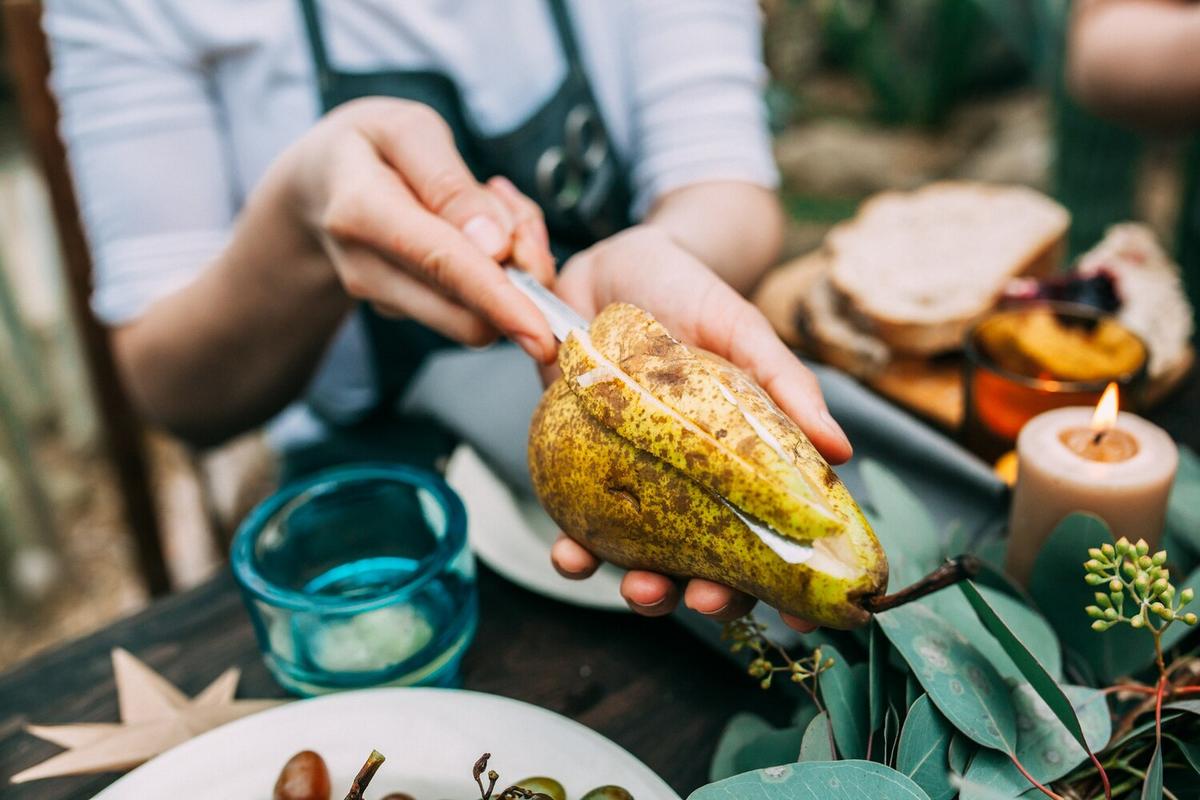
Australian Bush Tucker: A Culinary Adventure
Embarking on a culinary journey through the Australian bush offers a unique opportunity to explore the diverse and rich flavors of native ingredients, often referred to as “bush tucker.” This fascinating world of indigenous Australian cuisine not only offers a taste of the country’s natural bounty but also a deeper understanding of its cultural heritage.
Exploring the world of bush tucker introduces you to an array of indigenous ingredients that have been used by Aboriginal Australians for thousands of years. These ingredients are not only flavorful but also packed with nutritional value, making them an excellent addition to modern diets.
The Rich Heritage of Bush Tucker
Bush tucker is more than just food; it’s an integral part of Aboriginal culture and history. Many indigenous Australians have shared stories and traditional knowledge, emphasizing the importance of these ingredients in their lifestyle and survival. According to research, the use of native foods dates back to over 60,000 years, providing a sustainable source of nutrition long before modern agriculture.
Common Bush Tucker Ingredients
| Ingredient | Description |
|---|---|
| Wattleseed | A versatile ingredient often used in baking for its nutty flavor. |
| Kakadu Plum | Known for its exceptionally high vitamin C content. |
| Quandong | A sweet, tangy fruit traditionally used in jams and desserts. |
| Lemon Myrtle | Offers a zesty lemon flavor, popular in teas and seasonings. |
| Finger Lime | Contains citrus “pearls” that burst with flavor. |
| Emu | A lean, red meat similar in taste to beef. |
| Kangaroo | A protein-rich, low-fat meat option. |
| Bush Tomato | Used for sauces and relishes, adding a unique taste. |
Embracing Bush Tucker in Modern Cooking
Incorporating bush tucker into your diet can be an exciting culinary adventure. Start by experimenting with a few key ingredients. For example, try adding lemon myrtle to your tea or using wattleseed in bread recipes for a nutty twist.
Pro Tip: When cooking with bush tucker, balance flavors by pairing bold ingredients like finger lime with milder dishes to enhance the overall taste experience.
Health Benefits Backed by Research
Many bush tucker foods offer significant health benefits. For instance, the Kakadu plum is renowned for its antioxidant properties, potentially boosting immunity and skin health. Furthermore, the low-fat content of meats like kangaroo makes them ideal for heart-healthy diets.
Getting Started with Bush Tucker
- Start small by incorporating one or two ingredients into your meals.
- Visit local markets or specialty stores to find fresh bush tucker.
- Learn from indigenous chefs by attending workshops or cooking classes.
FAQs About Bush Tucker
What is bush tucker?
Bush tucker refers to native Australian ingredients traditionally used by Aboriginal people for nourishment and medicinal purposes.
Where can I buy bush tucker ingredients?
You can find these ingredients at specialty food stores, farmers markets, or online retailers focusing on indigenous foods.
Is bush tucker sustainable?
Yes, many bush tucker ingredients are harvested sustainably and contribute to environmental conservation efforts.
Conclusion: A Flavorful Journey Awaits
Exploring Australian bush tucker is not just about discovering new flavors; it’s an opportunity to connect with the land and its history. By incorporating these unique ingredients into your cooking, you can enjoy a culinary adventure that respects and honors the traditions of Australia’s indigenous people. So why not start today by trying a new bush tucker recipe or ingredient and embark on this flavorful journey?


